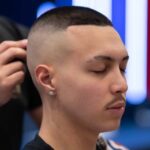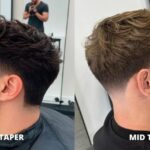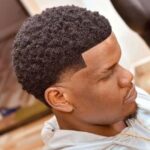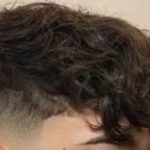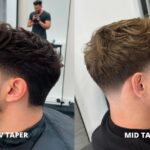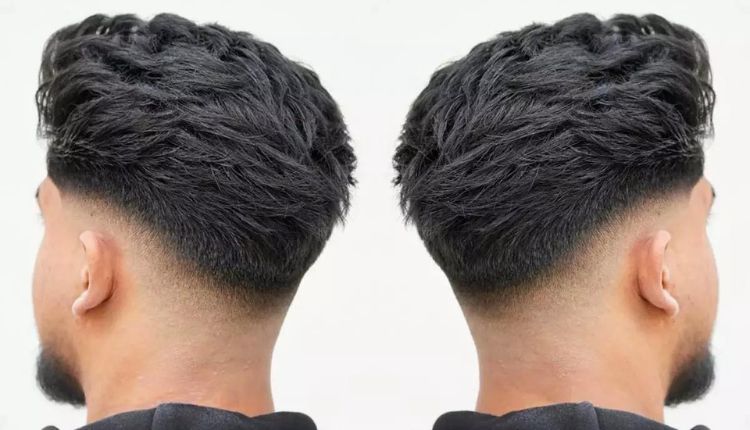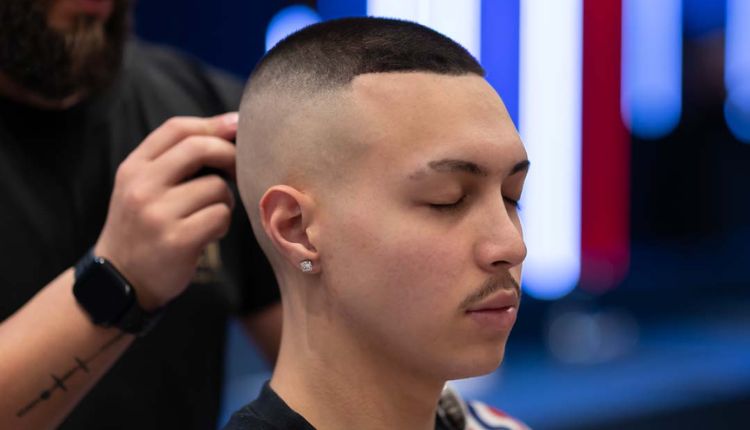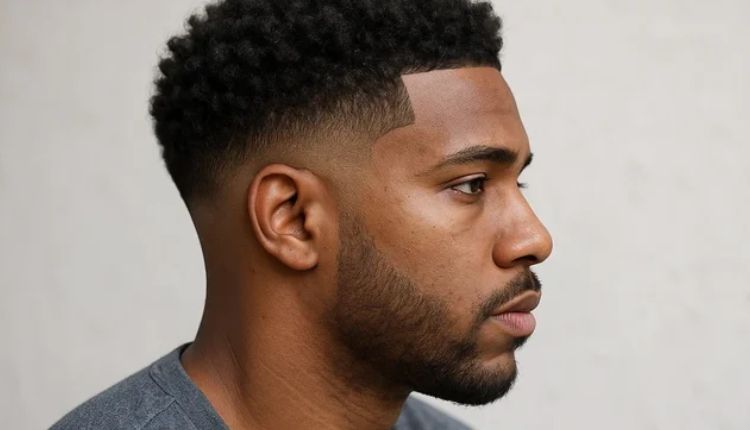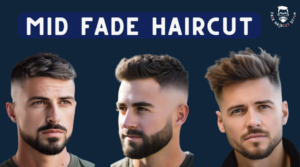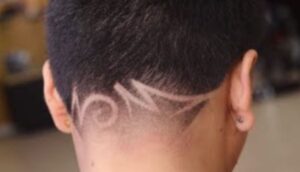A taper is a gradual change in hair length, while a fade is shorter and blends into the skin along the neck and sides of the head.
Personal preference Fade VS Taper
Fades and fade vs taper are versatile styles that offer a variety of styling options. However, personal preference and maintenance considerations play a major role in determining the ideal style for a specific client. For example, fades are a popular choice for men who prefer sharp lines and a bold statement, while tapers provide a more subtle transition that can be easily styled for both casual and formal occasions. In addition, a barber’s expertise is also important, as they are able to assess a client’s hair type, face shape, and preferences to guide them towards the most suitable haircut for their unique needs.
The fade haircut is a stylish, modern look that features a gradual decrease in hair length from the top of the head down to the sides and back of the scalp. The fade is available in various lengths, including a low fade that is closer to the skin and a high fade that is slightly longer. In addition, the fade can be cut with different shapes and lines to create a unique style that suits the individual’s preference.
Taper cuts are similar to fades in that they both feature a gradual reduction in hair length from one end of the head to the other. However, a taper cut is usually less dramatic and has more of a gradient instead of a clear line. The taper is available in several variations, including a low taper fade, mid taper fade, and skin taper fade, which all offer a different level of contrast and can be modified to suit the individual’s preference.
Both the fade and the taper can be worn by men fade vs taper of all ages and hair types, but they are particularly popular for men with thick, coarse, or curly hair. This is because the fade and the taper both provide a sleek, polished appearance that suits many face shapes. However, it is important to note that fades require more frequent upkeep than taper haircuts, due to their distinct lines and stark contrasts.
To find the best starting point for your fade or taper, try using your index finger and the corner of your nose to locate the three most prominent lines in your client’s head. This will help you determine the approximate locations of the low or high fade, as well as the center of gravity for the taper cut.
Hair Type And Texture Fade VS Taper
When it comes to deciding between a fade vs taper and taper, your personal preference is probably the biggest factor. But your hair type and texture also play a role in the style you choose. If you have wavy or curly hair, taper haircuts will look more natural than fade cuts because they create a gradual transition from thicker to thinner sections. They are suitable for a range of hair textures and can be worn in both formal and casual settings.
A taper haircut is similar to a fade cut in that both styles reduce the length of your hair on the sides and back of your head, but there are some subtle differences between the two. Fades feature an abrupt decrease in hair length, creating a clear line that separates the longer and shorter sections of your hair. Taper haircuts are softer and blend into the shorter section of your hair, making them more flexible and versatile.
To achieve a taper haircut, your barber will start with the top of your hair and then gradually reduce its length as they move down the head. They may use clippers or simply their fingers to achieve the desired effect. To get the best results, it is important that you tell your barber what kind of hairstyle you want. For example, you could ask for a low taper or a mid-taper.
Fade and taper haircuts are popular fade vs taper styles that provide a clean, sleek base for many more intricate hairstyles. They are simple to maintain, and they can make you look stylish and put-together without sacrificing your comfort. But the difference between these two cuts can be confusing for some people, even barbers. So if you’re thinking about getting a new hairstyle, be sure to understand the difference between a taper and fade so that you can communicate with your barber clearly. This will ensure you get the haircut you want and are happy with the result. The more you know about the difference between a taper and a fade, the easier it will be for you to decide which one suits your personality and style.
Face Shape Fade VS Taper
When it comes to choosing the right fade vs taper, the face shape is one of the biggest factors. The best way to determine this is to use a measuring tape, or an iPhone app that can do it for you. Using this tool, you can identify the width of your forehead (around 7.5 inches) and the length of your nose to mouth (around 8 inches). Then, compare those measurements with other shapes like oval, triangle or rectangle/oblong, diamond or heart-shaped to find out which ones are most similar to yours.
Round faces have soft-rounded edges (hairline & jaw line) whereas square and triangle face shapes have straighter lines. The pear shaped face has a wider forehead and narrower chin and is defined by high cheekbones and a pointed chin.
The oblong or oval face is longer than wide and has a straight line from the cheek bone to the jawline. Celebrities who have this shape include Dwayne “The Rock” Johnson, Jake Gyllenhaal and Alexa Chung.
Triangular faces are narrower at the bottom and have high cheekbones. They are also shorter than the classic round and fade vs taper square face shapes. If you have a triangular face, you can wear almost any hairstyle.
A square or a rectangular face is long and wide with a strong, angled jawline. This is the most common face shape, and it is considered masculine. A curved or rounded chin can balance this look, but you can also choose a square or a more straight chin depending on your preferences.
The inverted triangle or heart shaped face is wider at the forehead and narrower at the chin. To elongate the face, choose a cut that adds volume or is tousled, or opt for side-swept bangs. A voluminous mustache can also accentuate this face shape.
Maintenance Fade VS Taper
Both styles are extremely popular, versatile, fade vs taper and suited to most face shapes and hair types. However, fades are often preferred for their dramatic transition from longer hair to shorter hair or even bare skin, while taper cuts are favored for their more gradual change in length. The best style for you depends on your personal preference, facial shape, and maintenance considerations.
Wrapping It Up
Both fades and tapers require regular touch-up cuts to maintain their sharp appearance. However, fades usually require a little more attention than taper cuts due to their extreme, smooth transition from long to short hair and the need for your barber to be highly skilled in order to create the desired effect.
Tapers on the other hand, offer a more fade vs taper subtle change in hair length and are more conservative and clean-looking than a fade. They typically focus on shortening hair gradually, starting with the longest pieces on top and then getting subtly shorter as they move down the back and sides of your head. Tapers also tend to be a bit more comfortable to wear than fades due to their less severe transition.
